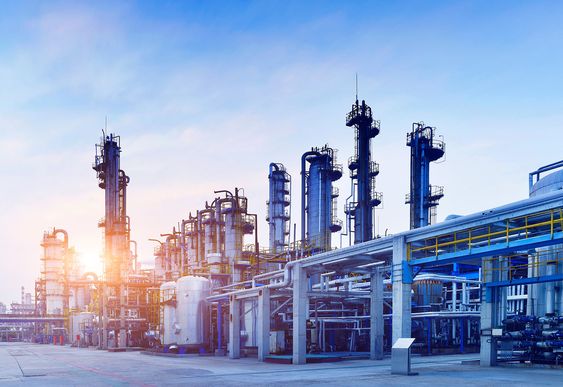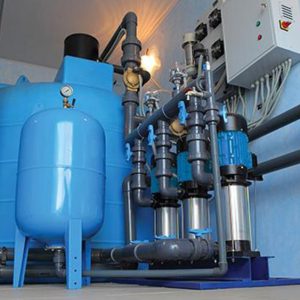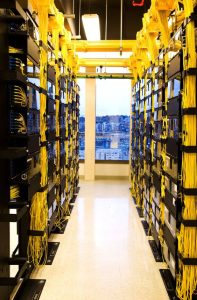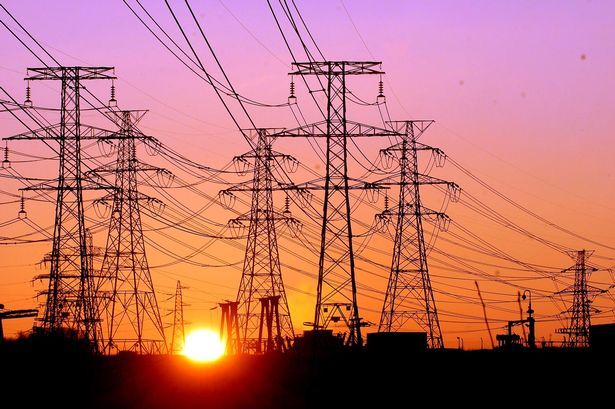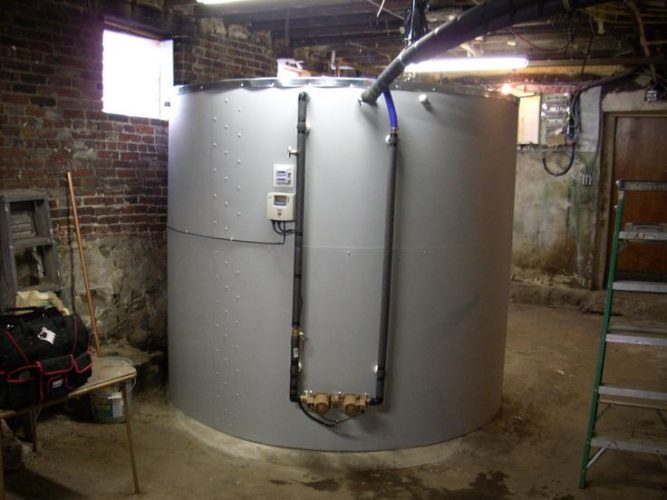The chemical industry stands as a pivotal player in providing essential materials and products for our society. However, its significant energy consumption and carbon footprint make it a key target for sustainable transformations. According to the International Energy Agency (IEA), the chemical industry ranks as the largest industrial energy consumer and the third-largest industrial subsector in terms of direct carbon dioxide emissions.
Driving Decarbonization through Energy Management, Process Optimization, and Asset Management
The journey toward decarbonization in the chemical industry relies on strategic approaches such as energy management, process optimization, and asset management. One of the crucial mechanisms for efficient energy transfer to chemical processes is advanced drive systems, considered the core of any sustainability initiative.
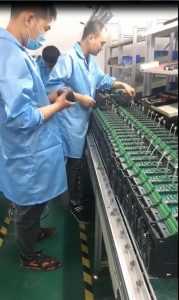
Opportunities Across Diverse Chemical Processes
The chemical industry encompasses both energy-intensive bulk chemical production and raw material-intensive specialty chemical production. In processes involving significant gas compression, such as ethylene or ammonia production, substantial decarbonization and efficiency benefits can be achieved through the electrical conversion of variable frequency drives. For example, variable-speed drives in extrusion machines enhance reliability, reduce maintenance, and improve the power factor of electrical systems. Similar advantages can be gained in mixing or grinding equipment, critical components of specialty chemical production.
Sustainable Development Drivers in Chemical Processes
Sustainable Development Driver 1: Energy Management
Variable frequency drives deliver value to clients through three energy management mechanisms:
- Energy Monitoring (Intelligent Metering): Providing accurate consumption data, often around 95%, as a source for operators to monitor and take action through local displays, automation systems, or mobile devices.
- Energy Savings (Optimizing Consumption): Contributing to energy savings through speed control, particularly effective when the process operates at lower flows and loads than nominal design, leading to greater energy savings.
- Grid-Friendly (Low Harmonic and Active Front End): Advanced drive systems incorporate three-level designs that reduce motor stress, enhance lifespan, and maintain total harmonic distortion in the current below 5%.
Sustainable Development Driver 2: Process Optimization
Optimizing asset operation near the process equipment allows for better operational decisions to enhance process efficiency. Key components include:
- Asset Operation Optimization: Using embedded performance curves, like pump curves, to form the basis for performance monitoring, sensorless estimation, and alarming based on speed, flow, head, power, and efficiency relationships.
- Decentralized Application of Expertise: Implementing decentralized applications, like boost pump control, can optimize operation strategies to reduce energy use and rotate pumps to minimize wear.
- Autonomous Decision-Making: Multi-drive systems can possess autonomous decision-making capabilities, employing various architectures for redundancy and fault recovery. Operation modes include distributed speed, synchronous speed, and speed-sharing modes, alongside friction loss compensation.
Sustainable Development Driver 3: Asset Management
Integrated asset management features within drive systems include:
- Condition-Based Maintenance: The drive system’s built-in condition-based maintenance system protects motors through thermal monitoring, current limitation, overvoltage, and real-time temperature monitoring.
- Asset Protection Features: Incorporating sensorless or sensor-based protection features within the drive prevents issues such as no-flow or low-flow, dry run, and pressure protection at the inlet or outlet. Configurable pipeline fill modes prevent water hammer in pipeline systems.
- Intelligent Maintenance: Low-voltage and medium-voltage drives with modular designs facilitate straightforward part replacement, minimizing spare parts inventory, ensuring accessibility, and reducing downtime. Dynamic QR codes on equipment assist in easy troubleshooting through instant access to online tutorials, quick resolutions, detailed fault analysis, and proactive alerts.
Sustainable Development Driver 4: Interconnected Products
In a world where connectivity is crucial, especially for drive systems, several areas play vital roles in addressing key concerns:
- Comprehensive Data Availability: Real-time data monitoring of processes and energy by network servers provides insights for asset management and energy monitoring. Deployment of operator dashboards enhances operational certainty, increases productivity, and simplifies data access.
- Empowering Operators: Smart drives embed network security to assess the robustness of industrial equipment networks, complying with a range of comprehensive requirements. This design enables security comparison between systems and networks to meet current and emerging international cybersecurity standards (e.g., ISA SP99) and government regulations (e.g., NERC/CIP).
Positive Impact of Drive Systems on the Chemical Industry
Drive systems tailored for heavy industry readiness are designed for easy integration into automation systems for continuous services. They need to operate with applications containing process expertise. Additionally, today’s sustainability considerations demand improvements in energy efficiency, process efficiency, and the safe, reliable operation of factories.
In conclusion, the chemical industry’s drive systems should be prepared for heavy industrial use and designed for easy integration into automation systems for continuous services. They need to operate with applications containing process expertise. Additionally, today’s sustainability considerations demand improvements in energy efficiency, process efficiency, and the safe, reliable operation of factories.
